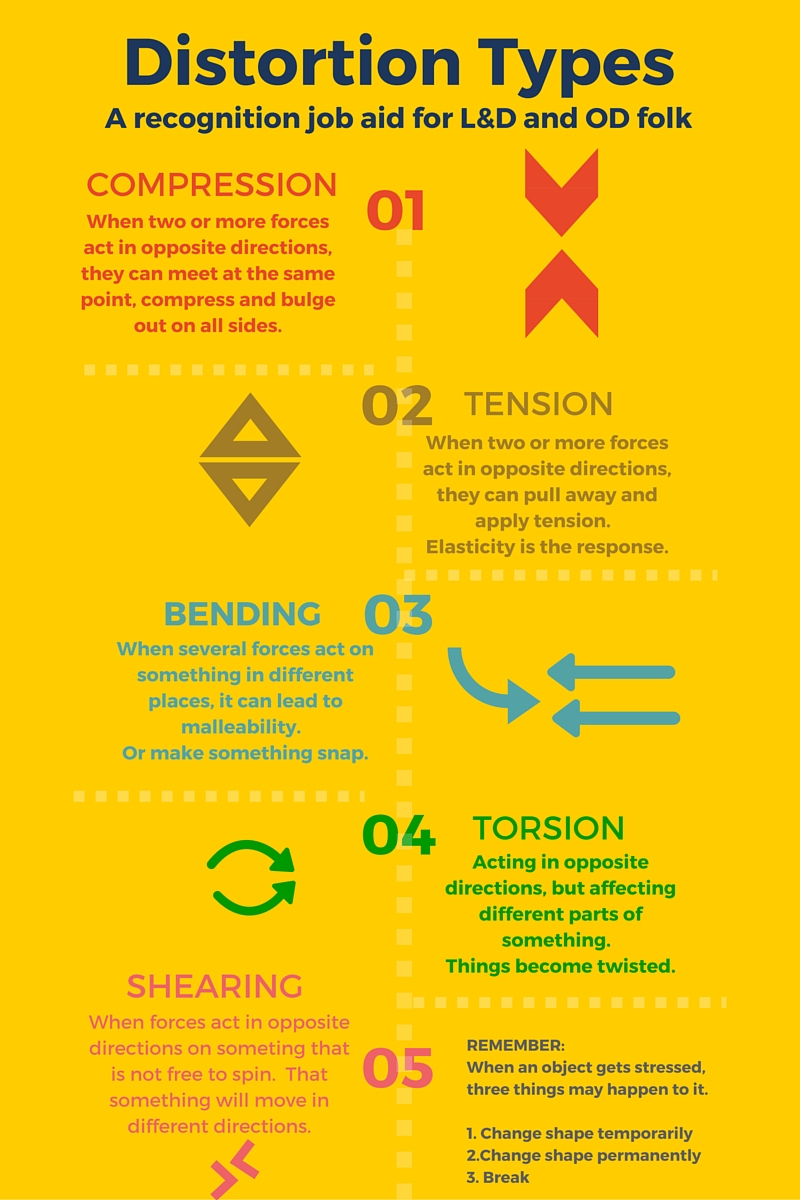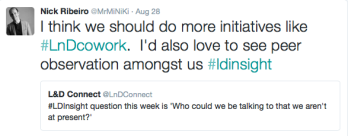One of the trends that appears to have gained traction in recent months is Learning Analytics (LA). It has heavily featured in conferences right across the world, most recently at DevLearn.
Now I know LA strikes fear and loathing in some of you, but like it or not, it does appear to be here to stay.
Wikipedia defines analytics as ‘the discovery and communication of meaningful patterns in data.’
Data.
Technology has made data ubiquitous and, if Edward Snowden is right, more open than we had perhaps estimated. Data and the rights to privacy can be argued back and forth, but I do believe in the sharing of data for the social good.
One example of this is with Smart Cities.
For those not familiar, Smart Cities harness smart technology and data to tackle issues ranging from the economic to environmental. I live quite close to one – Milton Keynes.
Here’s an example of how they are using tech and data.
Energy systems for smarter cities
What the video shows you is consumer becoming a producer of data and then actively surrendering that data for the greater good. But they go beyond that. They go on to co-create by changing their behaviour. They call it Consumer to Prosumer, a top-down/bottom-up approach.
So, if people are comfortable doing this within cities or communities, why shouldn’t organisations be any different?
I get the trust, culture, WIIFM, Big Brother thing, but in the same way that we might relinquish control of our data for the social good, why wouldn’t we back in the workplace? Would opening data create conversation, create innovation and ideas, enable behaviour changes for the better? Would it enable co-creation within your organization? Isn’t this what xAPI and AI are there to assist with?
This leads me to Professor Everett Rogers and his theories documented in his wonderful work, ‘Diffusions of Innovation’. Aspects around ‘Properties of Innovation’ and ‘Adopter Types’ may provide some clues as to the ‘whys’ and ‘why nots’ of Big Data.
Here’s my retrospective VLOG that explores this.
I just wonder if Smart Cities will become a benchmark for more openness in data-sharing within other areas of our lives. Could it influence what and how we learn in our schools, our communities, our workplace?
Will 2016 be the year of ‘Smart Learning’?









